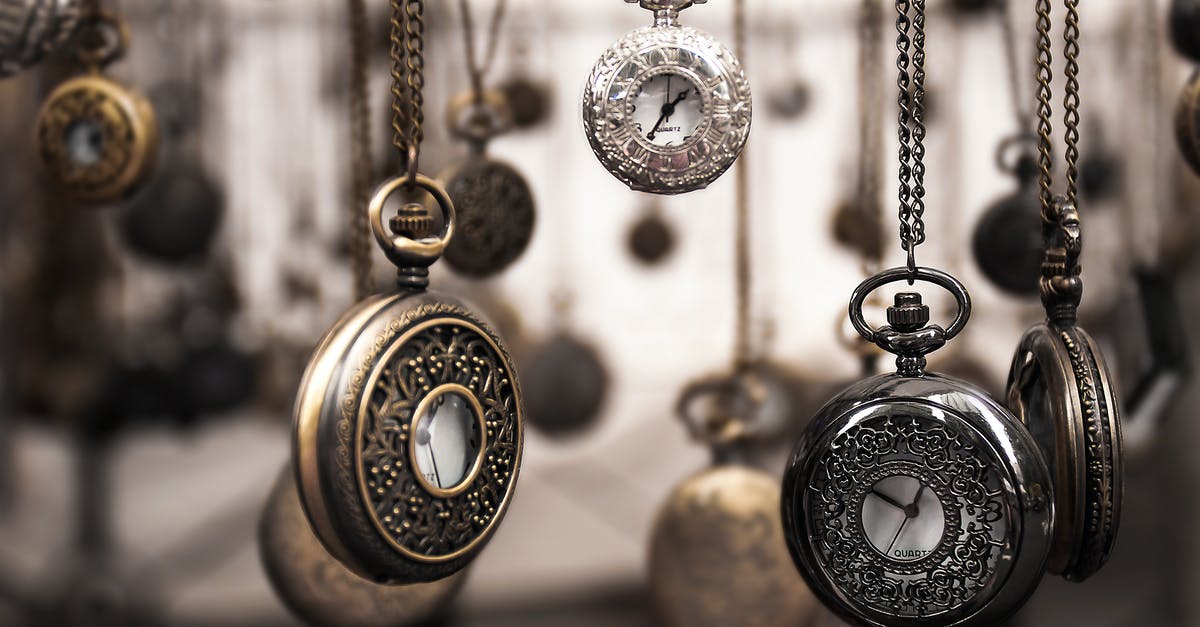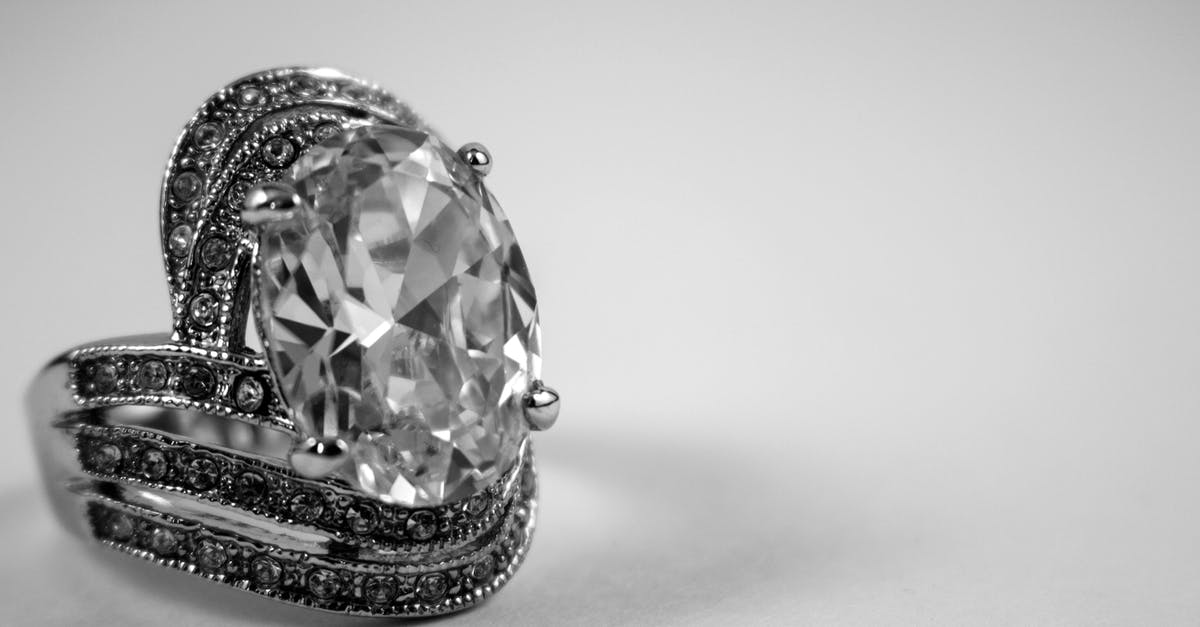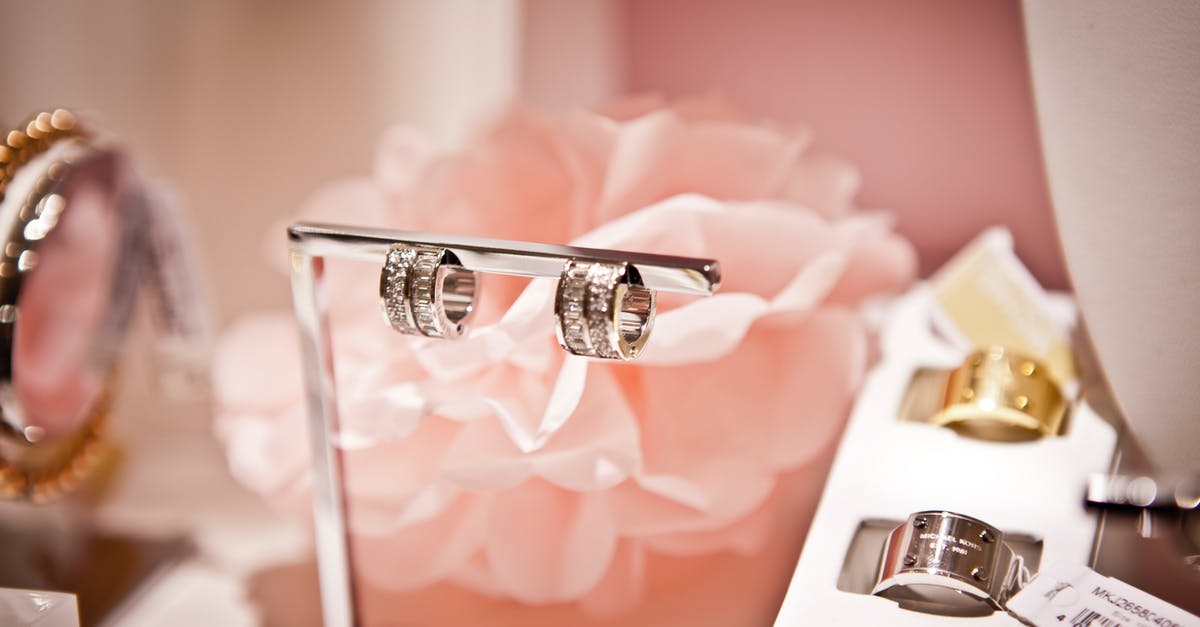Why do chefs use Gold and Silver Leaf?

I don't cook myself, but I watch a fair few cooking shows. Recently the theme of gold and silver leaf has been quite recurring. My first thought was "Well it can't be actual gold. Who would eat gold?" But it looked very shiny and metallic; like it was actually made out of metal. I thought maybe it was made of chocolate, since I'd seen it in a lot of desserts, and the closest thing I could come up with was "chocolate coins are covered in gold foil -> the gold leaf is in a dessert -> you'd think it has to be something edible -> maybe it's chocolate?"
Well, finally I just looked it up. I found this website which goes into a good bit of detail about what gold leaf is. And...it's gold! I was definitely surprised. So my research uncovered that it was indeed made of gold, but now I'm left with another question which I did not find the answer to:
Why do chefs use gold and silver leaf?
I mean...you're eating metal. I'm sure it doesn't taste bad, or else professional chefs wouldn't use it. But I can't imagine it tastes good either, it's metal! I've tasted tinfoil before (not swallowed it, but come into contact with it enough to notice the taste) and it certainly isn't pleasant.
So all I can think is that they add it because it looks pretty. And okay...sure, I'll give you that. It does look pretty. But you're eating metal, expensive precious metals at that! The world's gold is going down our digestive tracts? Curiouser and curiouser.
So I suppose I'm looking for an objective reason why chefs would use this item. I see a lot of new and interesting and odd things on these food shows, but this is a real strange one for me. Is there an aspect I'm missing that makes the use of gold leaf make more sense? Or is it really just as simple as "it's pretty so we're putting it on there"?
Best Answer
It's just decorative, in a bit of an extravagant way. The leaf is so thin that you can't really tell it's there when you eat it; you're not really eating much metal. That's also why it's not that expensive - for example I see 25 sheets for $49 on Amazon. Not cheap, but if someone uses one $2 sheet for a few dozen truffles sold for a dollar each, it doesn't seem quite as crazy anymore.
It's also not actually that new an idea. For example, kaju barfi, a traditional Indian dessert, is commonly decorated with silver leaf. See Google image search for pictures - it does actually look pretty cool.
Pictures about "Why do chefs use Gold and Silver Leaf?"



What is the point of gold leaf on food?
Edible gold leaf is used to bring a glamorous element to a dish. The flakes add a gold glimmer to the tops of candies and cupcakes; they are also frequently used by fancier bartenders for adding floating gold flecks to alcoholic drinks. The sheets of edible gold are sold in two ways: loose leaf and transfer leaf.Why is silver leaf used in cooking?
Culinary Uses Silver foil, or varakh, as it is generally known in India, adds glitter to Indian sweets (mithai), supari (betel nut), paan (betel-leaf), and fruits. Besides being very decorative it is reputed to have an aphrodisiac effect. Edible Silver leaf brings the art of gilding to all celebrations and festivities.What is the difference between gold leaf and edible gold leaf?
It is also important to select that edible gold leaf which is made with pure gold- means it should contain around 22 to 24 carats. It is a greater gold purity than gold jewellery. The gold leaf, which has a smaller carat value, is made with more impurities. It is also less safe to eat.Are edible gold leafs real gold?
Edible Gold leaf sheets, or loose-leaf gold sheets, as they are often referred to in cake and pastry are real gold used for decorative applications and completely edible. The sheets are made out of 24 carat gold, real gold with a minor amount of naturally occurring silver.How Do They Make Gold And Silver Safe To Eat?
More answers regarding why do chefs use Gold and Silver Leaf?
Answer 2
You already have stated the major reason: because it looks attractive. It really is nearly that simple.
Someone cynical would note that sociologically, consuming prestige and expensive items can be a way to establish rank and dominance, so chefs serving that audience may accommodate that need. It is an example of conspicuous consumption — in this case, literally.
Answer 3
It is purely for decorative reasons. The gold is so thin (therefore "leaf") that you cannot taste it, and it is relatively cheap.
Gold is used in many foods and drinks, there are a few alcoholic beverages that make use of gold leaf as a gimmick. For example Goldschläger.
Answer 4
The reason why chefs use gold leaf for any entrée is profit. It is also a memorable and conversational piece to attract new customers. We recently added a gold leaf to our desserts and have a new stream of customers. Gold appeal has been with us for years. Here is a list of gold leaf uses in the restaurant industry.
Answer 5
It's fun and decorative. It looks great on wedding cakes or for special effects when you're wanting to mimic gold coins.
Answer 6
We have ingested metals medicinally for centuries. Silver was the only cure for syphylis before penicillin and gold was used to modify the course of rheumatoid arthritis until a decade or so ago. Of course metals such as lithium have psychotropic effects and is still used as a mood stabiliser. So none of these metals are inert and all have potential to damage the kidneys if ingested daily over a long period but a tiny bit in gold leaf as an occasional indulgence will do nothing. I will however strongly recommend against a mercury enema.
Sources: Stack Exchange - This article follows the attribution requirements of Stack Exchange and is licensed under CC BY-SA 3.0.
Images: Melike Benli, Giallo, Judy Sengsone, Terje Sollie
